A thrilling ride on a high-steed steam locomotive is featured in this article from June 1950 Trains Magazine by then-Editor David P. Morgan.
Engineer Valentine Ureda pulls up the drop seat within the door of his Hudson’s vestibuled cab, wipes it off with cotton waste, then pauses for a logical question:
“Ever ride a steam locomotive before?”
“Yes — but never on a road this fast.”
Over the compressed-air wail of brake tests and the roar of an open blower he shouts back:
“Well, I should get her up to 90 today.'”
Rail speed record setter
This, then, is it. This is the execution of a fantastic hope that has lived with you from the summer morn in 1934 when Chicago, Milwaukee, St. Paul & Pacific standard F-6 Hudson No. 6402 (now 127) averaged nearly 90 miles an hour on a stunt run out of Chicago to Milwaukee — a run that streamlined Atlantics came to emulate with oddly styled trains called Hiawathas. Oh yes, it took time to think of the Milwaukee Road in the same high-speed terms that has seemingly always been the monopoly of the Easterners, the Central and the Pennsy and the Reading. It took time to realize that this big midwestern granger road, with its bi-polar electrics and orange hues, was setting up sustained speed steam performance records of world stature. And it took time to believe that Longfellow had named a streamliner as well as an Indian in his poem.

Time, itself, has also wrought change. Instead of a Hiawatha behind the 12-wheel fluted tank of your Alco Hudson, there is just nameless No. 46 — an 80-minute 4 p.m. express to Chicago with through cars from Madison. Ahead of you there is no longer the exciting uncertainty of speeds in excess of 120; the enforced limit on the Hi’s now is 100 (and 90 miles per hour for all other first-class trains). Also two of the road’s famous Hiawatha locomotives now await uncertain disposition at the West Milwaukee Shops: Atlantic No. 3 is gradually being dismembered to supply parts for her three sisters, and Hudson No. 100 has bad boiler aches.
Fireman Wallace Edwards cracks the butterfly doors for a look at his fire, gives the stoker valves a fine adjustment, then continues his watch to the rear of the train.
“Highball!”
Brake shoes release their grip on the tall-drivered 4-6-4, her air horn bellows twice to bring down the crossing gates on the curve at 2nd and Clybourn streets, and Val notches back on the throttle. The time is 4:07 p.m., the consist is one old baggage car, five streamlined coaches, and parlor car P-460 from the state capital.
No. 105 stalks under the yellow board atop the signal bridge with her invisible stack making big talk on the grade out of downtown Milwaukee. On the Menonomee River bridge, 84-inch drivers rebel against the force of too much high-pressure steam and slip wildly until Val eases off. Now the speedometer needle has left 20 and is swinging upward to 30 … 35 … 38. A Chicago-bound freight out of Muskego Yard shoulders close by, waiting at the switch behind S-2 4-8-4 No. 214 until No. 46 clears. The Alco 4-6-4 bangs over North Western rails and is hitting 45 within sight of C&NW’s Chase Street Yard and engine terminal.
Abruptly Ureda shoves in his throttle and begins working air. A red Mars light is flashing in the distance on the nose of a 5400-horsepower diesel freighter standing on the westbound main, and its fireman is on the ground with a fusee. No. 46 halts while the crew learns that the freight has broken in two and may have a derailed car fouling the eastbound track. Val acknowledges the warning and kicks off his brakes.
The 4-6-4 is angry at this sudden stop on the grade, and has to be coaxed into acceleration. Val knows he is unavoidably 10 minutes or more off the timecard, however, so he can’t spare the rod and spoil the passengers. With her thin smoke trail dusting the gravestones of St. Adalbert’s Cemetery, No. 105 goes under the Wisconsin Electric Power Company’s belt line bridge at Powertown Junction at 45 miles an hour and is topping a mile a minute through Lake, where the summit of the grade is reached.
Edwards ducks away from his streamstyled cab window as the westbound Olympian Hiawatha rams past in a guttural roar of diesels and a slipstream of coaches and sleepers for the coast. Meantime the cab tied onto the tail of this bounding 4-6-4 has assumed a machine-gun vibration: no punishing jolts or jars at this 60- to 75-mile-an-hour gait, but a rapid clatter made up more of noise than of movement. It is also infinitely more worthwhile than resting behind the windshield of a diesel, you think.
The magic needle is comfortably over the hump at 85 as you approach Sturtevant, junction for a branch to Racine and the “Southwest” main line to Kansas City. Once more Val must choke off speed because No. 23 is making a station stop on the westbound track; otherwise there would be the danger of an indiscreet patron walking across the main at the rear of 23’s last car, right into the blur and suction of the Hudson’s drivers. The speedometer falls back to a crawling 20 miles an hour.
A cool 90
Within less than two miles, No. 105 is running 60 miles an hour. The speed is progressively 83 at Truesdell, 88 at Russell, finally (as Val had promised) a cool 90. You wonder now how many times you have traveled the Milwaukee Road at that speed, casually reading a magazine or paper in the coaches, chatting with friends, or dining on a matchless roadbed which won’t spill a full glass of water. And you consider the vast gulf between the calm of the coaches and the life aboard No. 105. Up here men are at work keeping a Hudson hot and taking her home to Chicago at 90 on the nose.
Ironically, perhaps, the 4-6-4 threatens to overshadow her two masters in your mind: the way her tank shoves and bounces behind your seat in the cab; the seasick liquid level in the water glass; the steady green eye from the cab signal box that drops through yellow, flashes red twice and returns to the Irish shade when passing each lineside semaphore.
No. 105 grooves the crossing of the Elgin, Joliet & Eastern at Rondout at 90 with Val shouting locomotive lore in your ear:
“She takes a long time to hit 90 after those two delays on the grade, but she holds right up to it after that.”
The sun is out at Morton Grove, cutting through the gloom of a dull, cold March afternoon. Speed stays steady at 90 save for a brief drop to 85 at Edgebrook where a signal shows yellow for an instant, then blinks green at your oncoming Hudson. From your drop seat behind Valentine you’re looking down over 40 feet of running board, watching superelevated curves and junctions and suburban stations come racing toward you instead of you toward them. Once or twice the 415,000-pound Alco sways wide, then quickly recovers posture.
Chicago ahead: 80 through Mayfair, 75 into Healy, then on down, down, down, to 16 miles an hour at Western Avenue while a North Western commuter train barks out behind a Pacific. No. 105 walks under the C&NW overhead crossing, curves right alongside the North Branch of the Chicago River, and strides into the dark Milwaukee Road side of Union Station. Val brings the train to a saunter, then to a stop at 5:27 p.m. No. 46 has made its 80-minute running time in the face of one stop and two unforeseen speed reductions.
You climb down the cab steps, pause beside 105’s Walschaerts gear, then walk on.







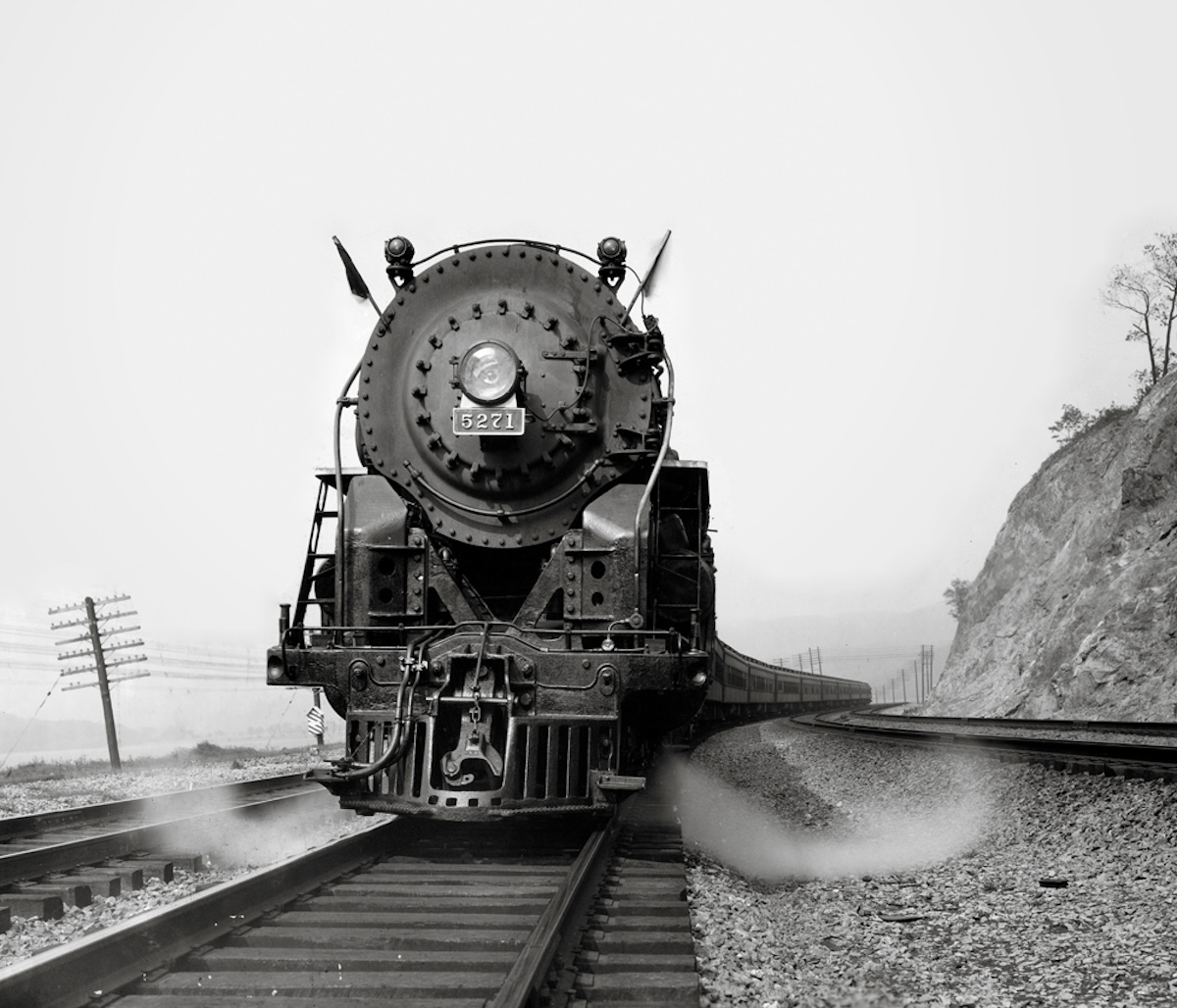
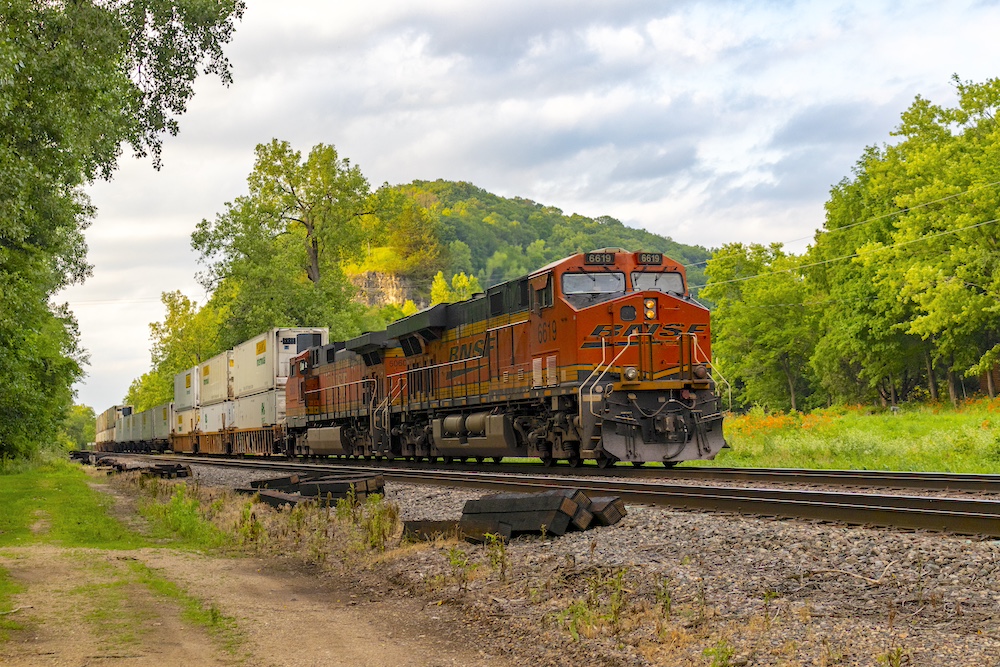
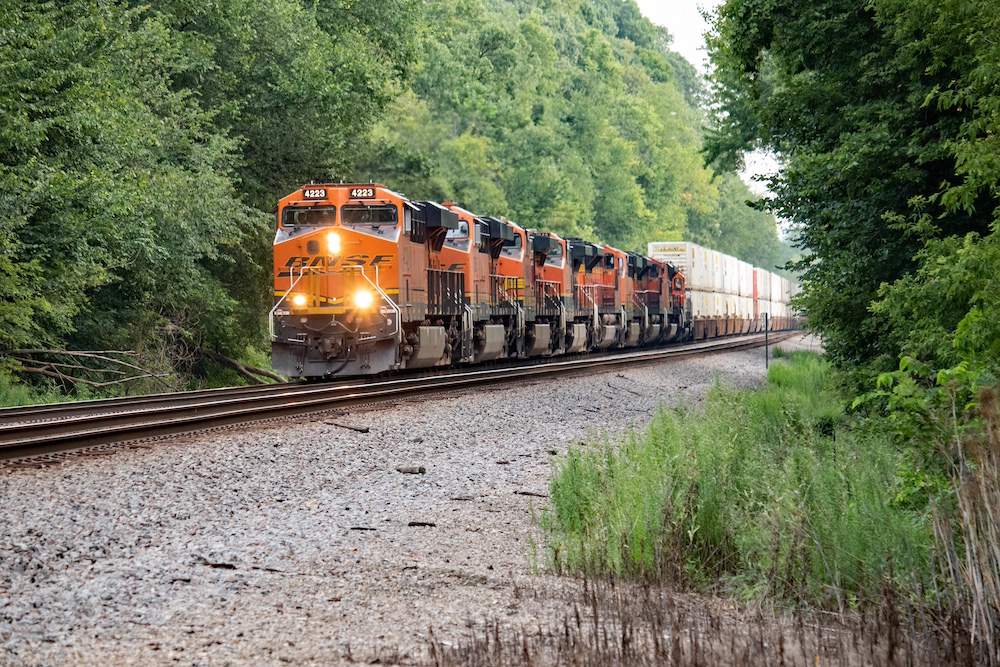
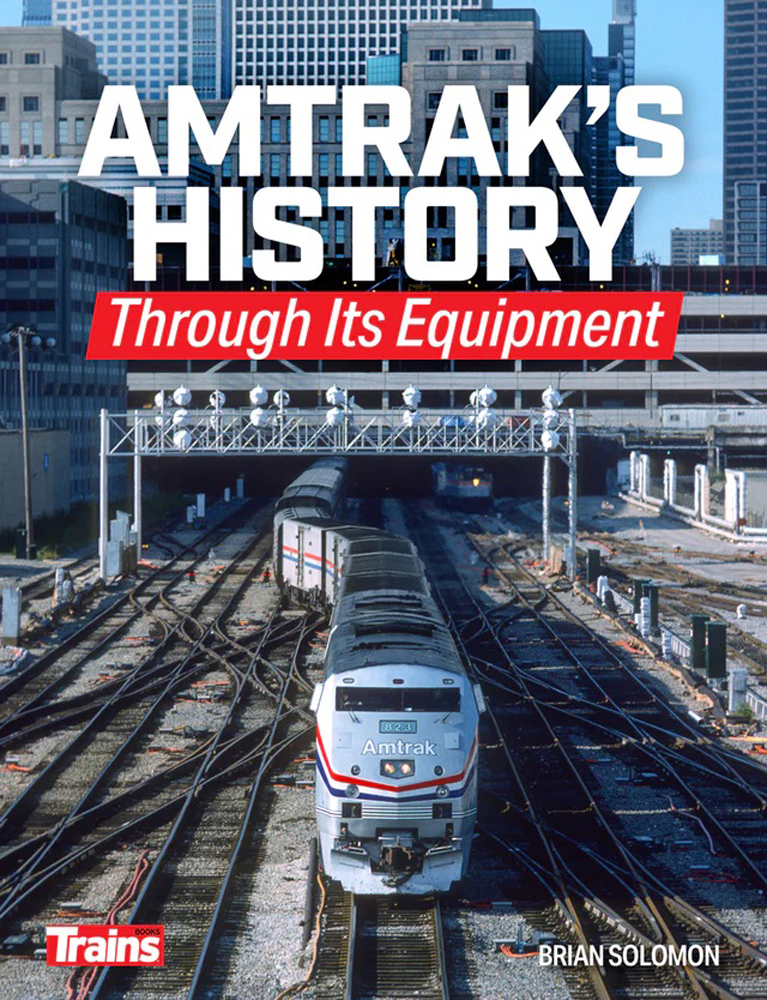
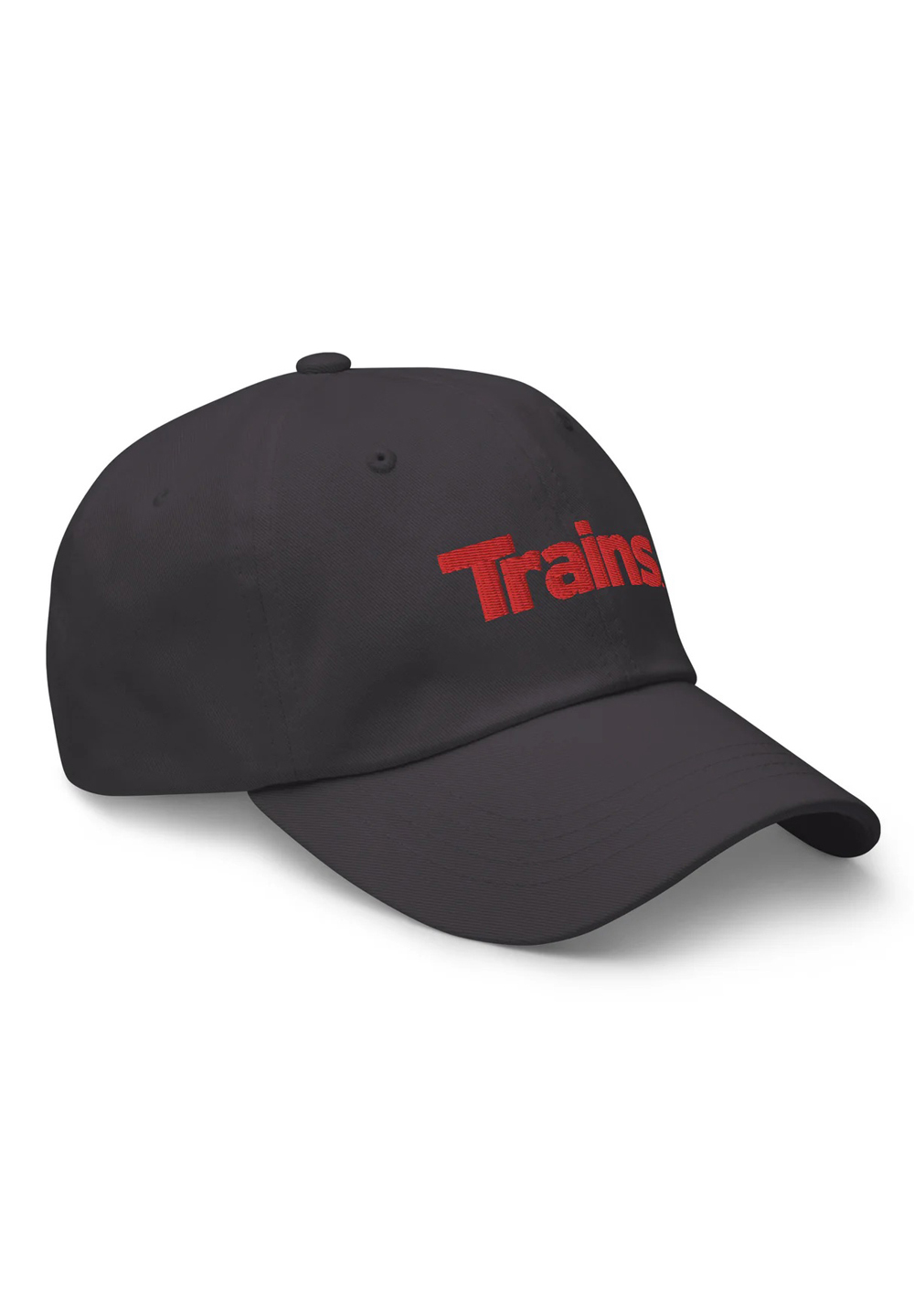
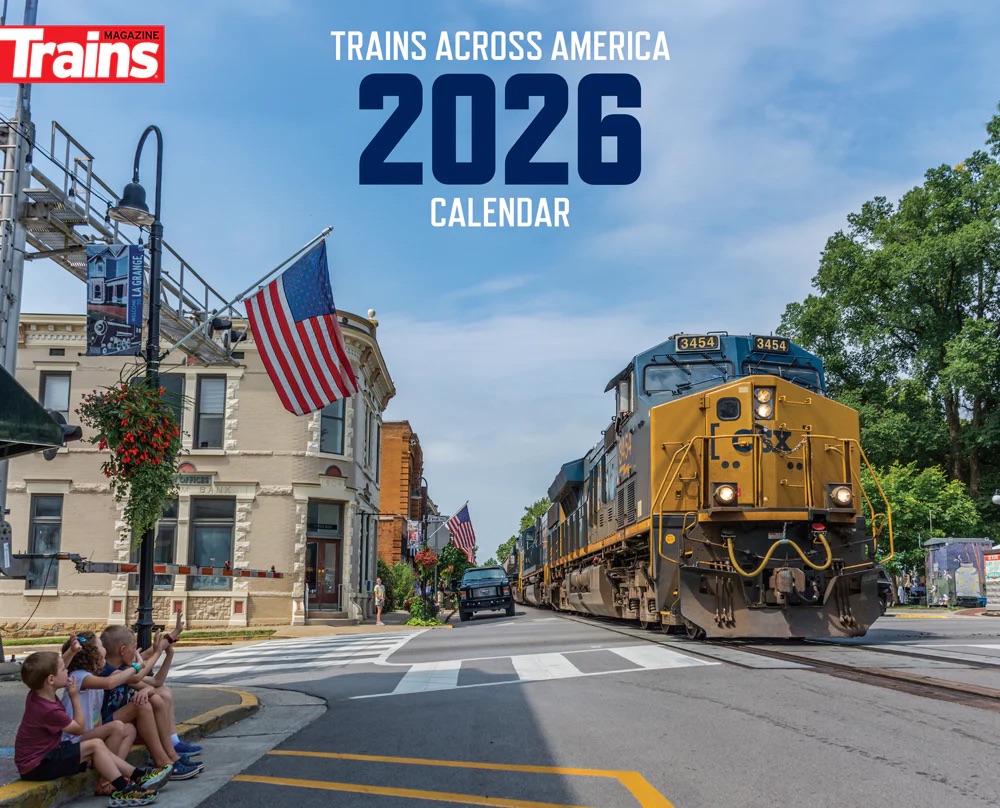
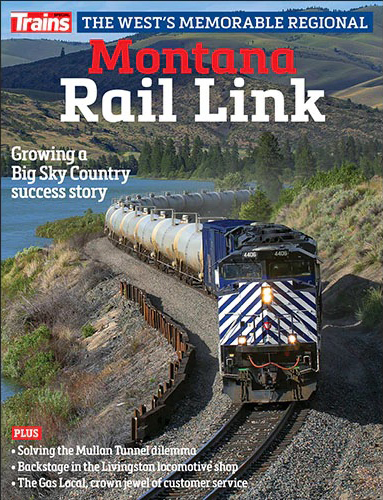
Wow! What writing!! Takes a minute to steady oneself after that trip.